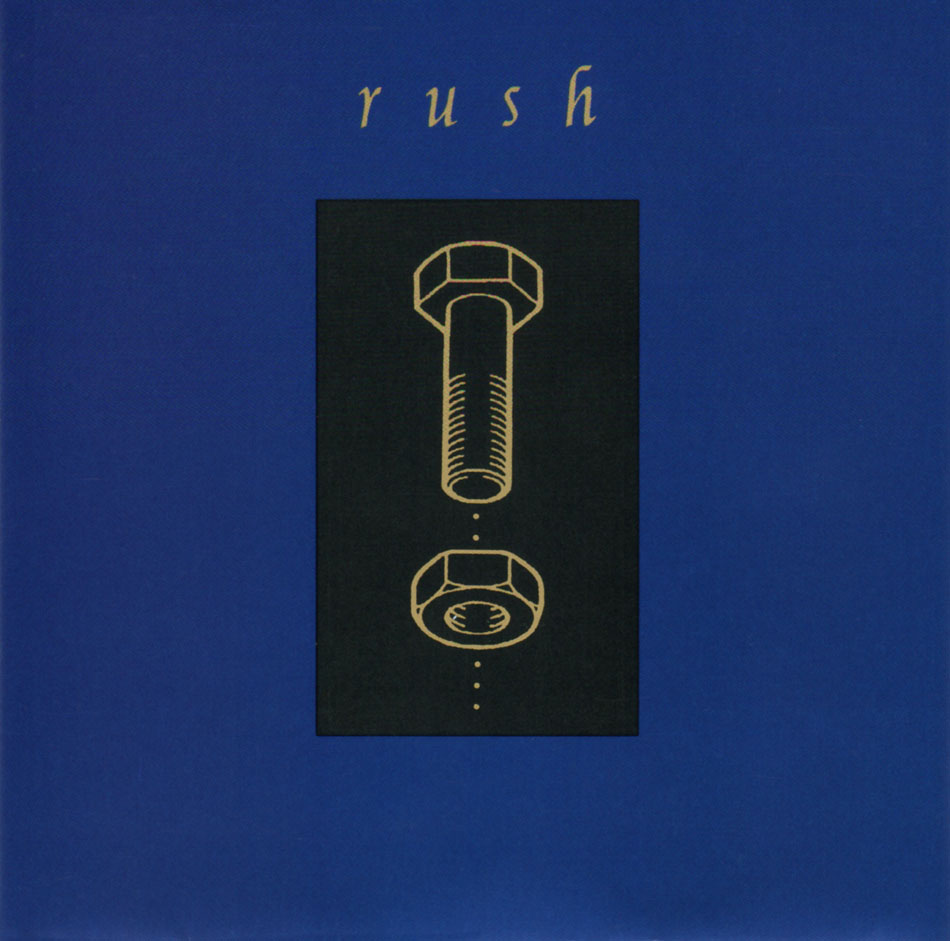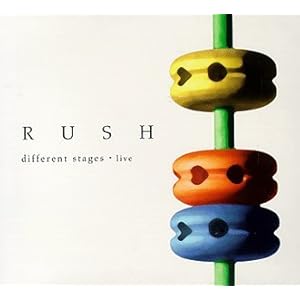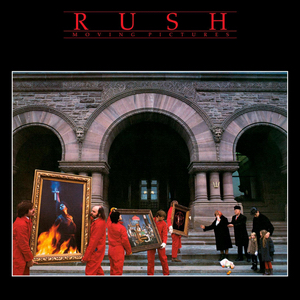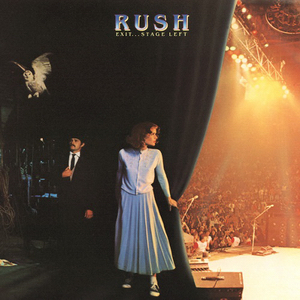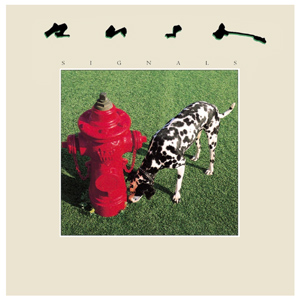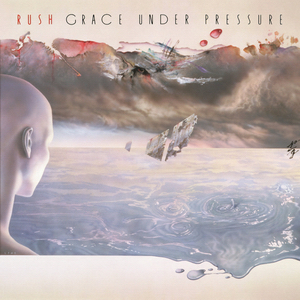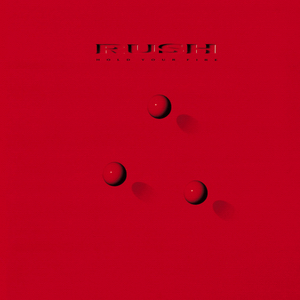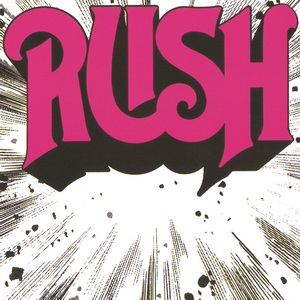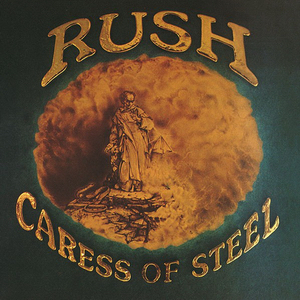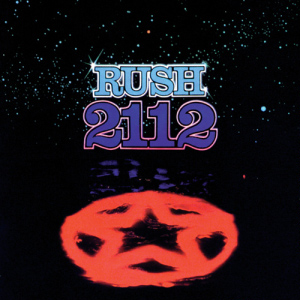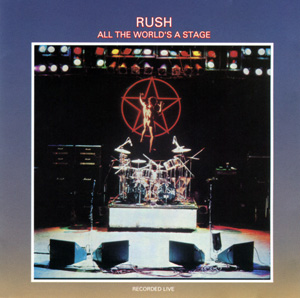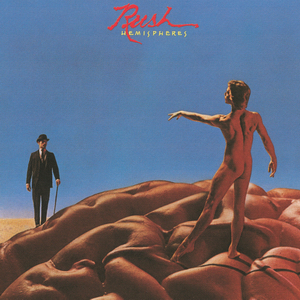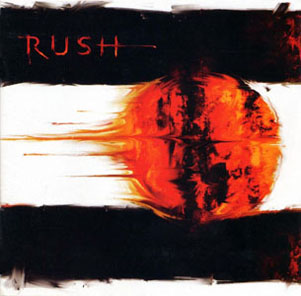
Vapor Trails (2002)

Coming
after the darkest period in Rush history, the release of Vapor Trails seemed a small miracle in and of itself, and initial
reviews definitely benefited from five years’ worth of concentrated goodwill.
With the luxury of hindsight, it’s clear the trio were still finding their sea
legs; once past the full-throttle rush of “One Little Victory,” there’s
little worth recommending here. Even worse, the mix of Vapor Trails fell victim to the last decade’s so-called “loudness wars,”
its overly compressed sonics nearly unlistenable today. Until that long rumored
remix arrives, skip it.
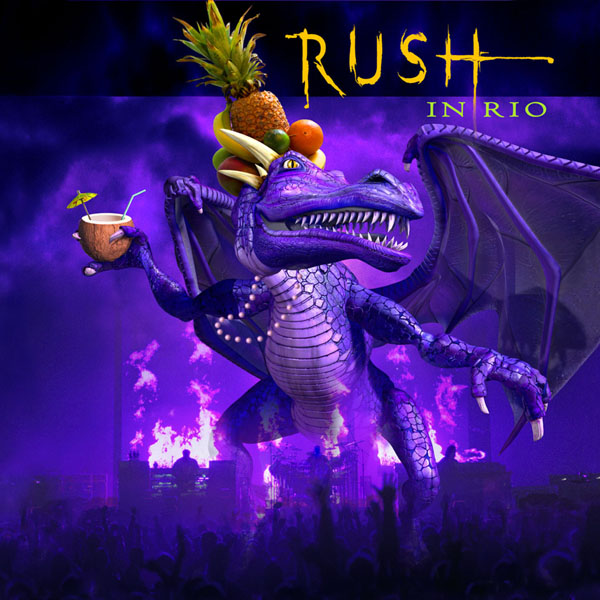
Rush In Rio (2003)

“Event” live albums are a mixed bag, and Rush In Rio is no exception; after the novelty of hearing 40,000 South Americans sing along with “Tom Sawyer” wears off, you’re left with a fairly by-the-numbers setlist and below-average sound (by Rush standards, anyway). Points for enthusiasm and the first-ever unadulterated setlist on disc, though.
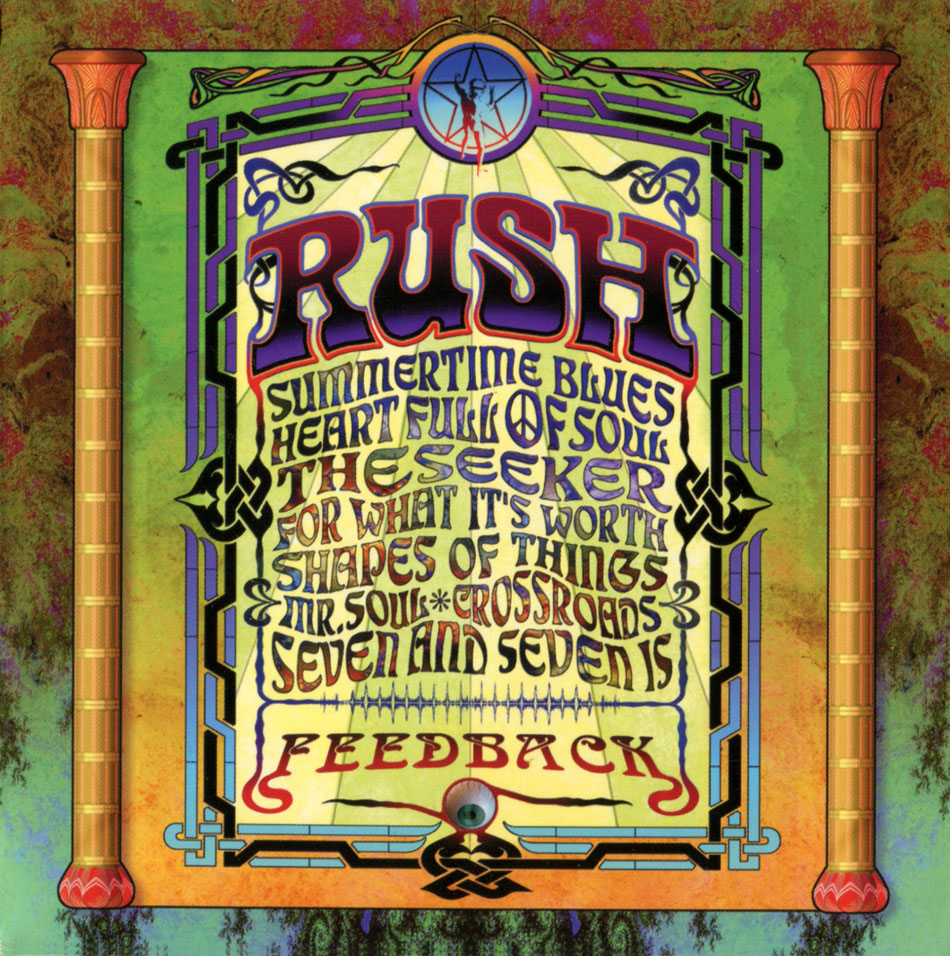
Feedback (2004)

Most artists celebrate their longevity with a lavish box set or expensive reissue campaign. Leave it to Rush to mark their thirty-year milestone with… an EP of cover songs?? Coming from a band who’d never released a single cover version before, Feedback is an obvious anomaly, but not an unwelcome one; tackling time-worn touchstones like “Summertime Blues” and “The Seeker,” Rush sound looser than they have on record since… well, possibly ever. If you’re wondering how the trio shook off their late-period studio malaise to craft Snakes & Arrows, the rejuvenation begins here.
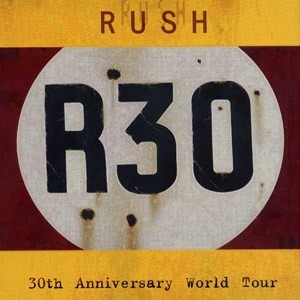
R30: 30th Anniversary World Tour (2005)

A victory lap in audio/visual form, complete with crowd-pleasing opening medley (“R30 Overture,” AKA “Songs Geddy Doesn’t Like To Sing Anymore”) and a nice run through the highlights of “2112,” “Xanadu,” and “
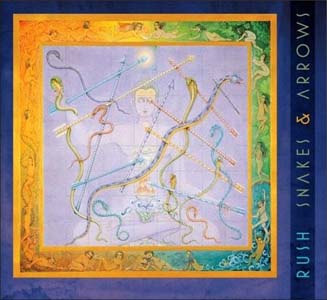
Snakes & Arrows (2007)

Don’t call it a comeback, indeed. Arguably the finest Rush album in nearly two decades, Snakes & Arrows finally weds the songwriting of old with the sonics of right now. Credit secret weapon Nick Raskulinecz for being the first producer since Terry Brown to accurate capture the trio’s sound in the studio, or simply marvel at the way Rush effortlessly roll back the years on “Far Cry,” “Armor And Sword,” and not-one-but-two fantastic instrumentals (“Malignant Narcissism,” “The Main Monkey Business”). At thirteen tracks, a few parts sag, but it scarcely matters; against improbable odds, Rush suddenly found themselves back in fighting form once again.
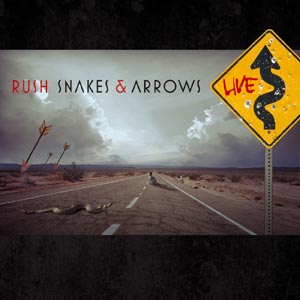
Snakes & Arrows Live (2008)

The cure for Live Album Overload? How about a double-disc set with one-third of the songs pulled from the last studio album? Proving that Snakes & Arrows was no fluke, the trio double-down on their cult status with a fantastic mix of new material and the kind of deep album cuts (“Entre Nous,” “Circumstances,” “Digital Man,” “Between The Wheels,” “Witch Hunt”) that make true believers salivate. As a tour document alone, this is possibly their best since Exit… Stage Left; coming on the heels of its studio counterpart, Snakes & Arrows Live might as well be subtitled How Rush Got Their Groove Back.
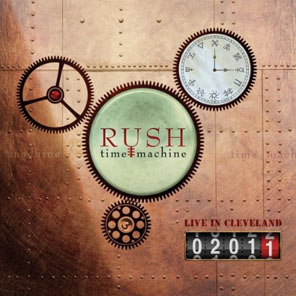
Time Machine 2011: Live In Cleveland (2011)

Never before has the gap between tour and souvenir been more pronounced. The Time Machine tour itself? Easily one of Rush’s best. Time Machine 2011? Disappointing, especially when you consider the amazing setlist or the near-frightening level of musicianship on display here. But there’s no disguising the flaws in Geddy’s vocals; mixed way out in front, his singing sounds flat and tired in a way it never did for the bulk of this tour. Cooler heads should’ve prevailed—or at least picked a different night to release. Instead, a missed opportunity all around.
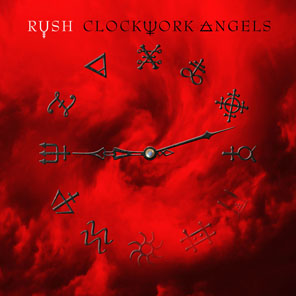
Clockwork Angels (2012)

Raise your hands if you saw this one coming. Nearly forty years in, Rush release their first “proper” concept album, and damned if it isn’t the best thing they’ve done since Signals. With Raskulinecz back on board, Clockwork Angels is a focused, gutsy masterwork, as sonically varied as it is structurally sound. “The Wreckers” and “Wish Them Well” recall the anthemic surge of Power Windows without that record’s synthesized glop; “The Anarchist” and “Caravan” snarl with the heaviness of a band decades younger. And then there’s “Headlong Flight,” a seven-minute instant classic that sounds more like 1970’s era Rush than any track they’ve recorded since the actual 1970s. Clockwork Angels marks not just Rush’s highest American debut to date, but also a moment when their future seems more limitless than ever. Can’t wait to see what they conjure up next.


